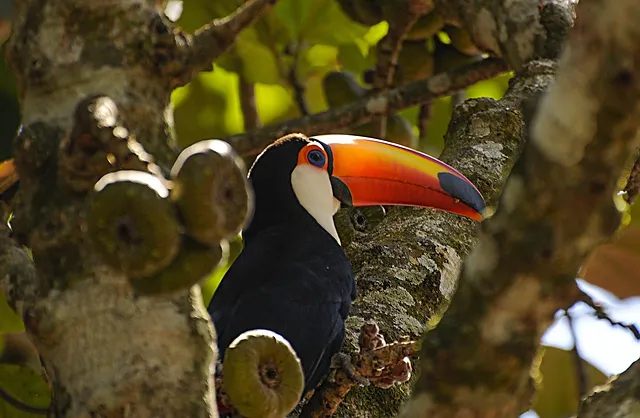providencemarianwood.org – The relationship between wildlife and agriculture is complex and often fraught with conflict. As human populations expand and agricultural lands encroach on natural habitats, wildlife species are increasingly coming into contact with farming activities. This interaction can lead to crop damage, livestock predation, and even the spread of diseases. However, it is essential to recognize that wildlife plays a crucial role in maintaining ecological balance and biodiversity. Therefore, finding strategies for coexistence is vital for the sustainability of both agriculture and wildlife conservation.
Understanding Wildlife-Agriculture Conflicts
Before implementing coexistence strategies, it is important to understand the nature of wildlife-agriculture conflicts. These conflicts often arise due to competition for resources, such as food and space. For example, elephants may raid crops, while birds may feed on fruit orchards. Additionally, the presence of livestock can attract predators, leading to conflicts over safety and economic loss for farmers.
Strategies for Coexistence
1. Habitat Conservation and Restoration
One of the primary strategies for coexistence involves conserving and restoring wildlife habitats. By preserving natural habitats adjacent to agricultural lands, wildlife can have access to food and shelter without relying on farm resources. This can be achieved through the establishment of wildlife corridors, buffer zones, and protected areas.
2. Crop Diversification and Timing
Farmers can reduce conflicts by diversifying their crops and adjusting planting and harvesting times. Certain crops may be less attractive to wildlife, and strategic timing can ensure that crops are not vulnerable during peak wildlife foraging periods.
3. Non-Lethal Deterrents
The use of non-lethal deterrents is a humane way to protect crops and livestock from wildlife. These include noise-making devices, scarecrows, fencing, and guard animals. Such methods can effectively discourage wildlife from entering agricultural areas without causing harm.
4. Compensation and Insurance Schemes
Governments and conservation organizations can implement compensation and insurance schemes to support farmers affected by wildlife damage. These financial mechanisms can help mitigate the economic impact of wildlife-related losses and encourage farmers to coexist peacefully with wildlife.
5. Community-Based Conservation
Engaging local communities in conservation efforts is crucial for successful coexistence. Community-based conservation programs can empower farmers with knowledge and tools to manage wildlife interactions. This can include training on conflict mitigation techniques and the promotion of wildlife-friendly practices.
6. Research and Monitoring
Ongoing research and monitoring are essential for understanding the dynamics of wildlife-agriculture interactions. This can help identify emerging conflicts and inform the development of targeted strategies for coexistence.
Conclusion
Coexistence between wildlife and agriculture is achievable with the implementation of strategic measures. By adopting a combination of habitat conservation, crop management, non-lethal deterrents, financial support, community engagement, and research, it is possible to minimize conflicts and promote a harmonious relationship between wildlife and agriculture. This not only ensures the sustainability of agricultural practices but also contributes to the conservation of wildlife and the maintenance of ecological balance.
